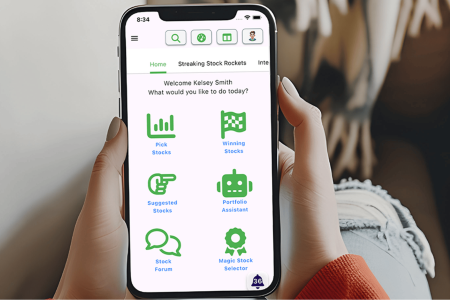1. What Type of Loan Is Best for Me?
There are a number of loan options available, and you’ll want to discuss them with your mortgage banker before making a decision. One of the main decisions you’ll need to make is whether an Adjustable-rate Mortgage (ARM) or fixed-rate mortgage better suits your situation and needs. A great resource for weighing your options in this area is Apex’s Fixed Rate or Adjustable? decision-making guide. Beyond the rate type you choose, you’ll also want to discuss the effect different loan terms (i.e. 30-year, 20-year, 15-year) will have on your larger financial picture with your lender.
2. What Documents Are Required?
Throughout the loan process, you’ll want to be prepared to fulfill documentation requests from several members of a lending team, including the loan processors, mortgage bankers, mortgage planners, and the underwriter of your loan. The documents required will vary according to the loan for which you’re applying; however, the most common documents include pay stubs, bank statements, and tax returns.
3. What Costs Are Involved?
Prior to a loan closing, you will be required to pay some costs up-front. These may include appraisal fees, credit report fees, and application fees. Discuss all these costs with the loan officer to determine how much money will be required prior to the loan being approved. In addition, discuss any funds that will be required to complete the loan closing.
4. How Does The Appraisal Process Work?
Lenders require a property appraisal as an objective way to estimate the fair market value of a property for both a home purchase and mortgage refinance. Typically, a lender will maintain a list of reliable and reputable professional appraisers who are experts in the local market and supply those lists to the mortgage bankers. In turn, those loan originators will assign one of these appraisers to review the property. Bearing in mind this established procedure, lenders generally save the borrower time by arranging for the appraiser on the borrower’s behalf.
5. When Will I Get a Loan Estimate (LE)?
If you’ve bought a home before, you may be familiar with the term Good Faith Estimate (GFE). In October of last year, loan estimates replaced GFEs as an easier-to-understand document because of new lending rules called TRID (TILA-RESPA Integrated Disclosure). A loan estimate is a three-page document that a lender must provide within three days of receiving your application. It will include estimated interest, estimated monthly payment, and estimated closing cost. It is important to bear in mind that a loan estimate is just that: an estimate. The actual costs of your loan may be slightly higher or lower.
Article repost with permission from Apex Home Loans.
Read the full article here








